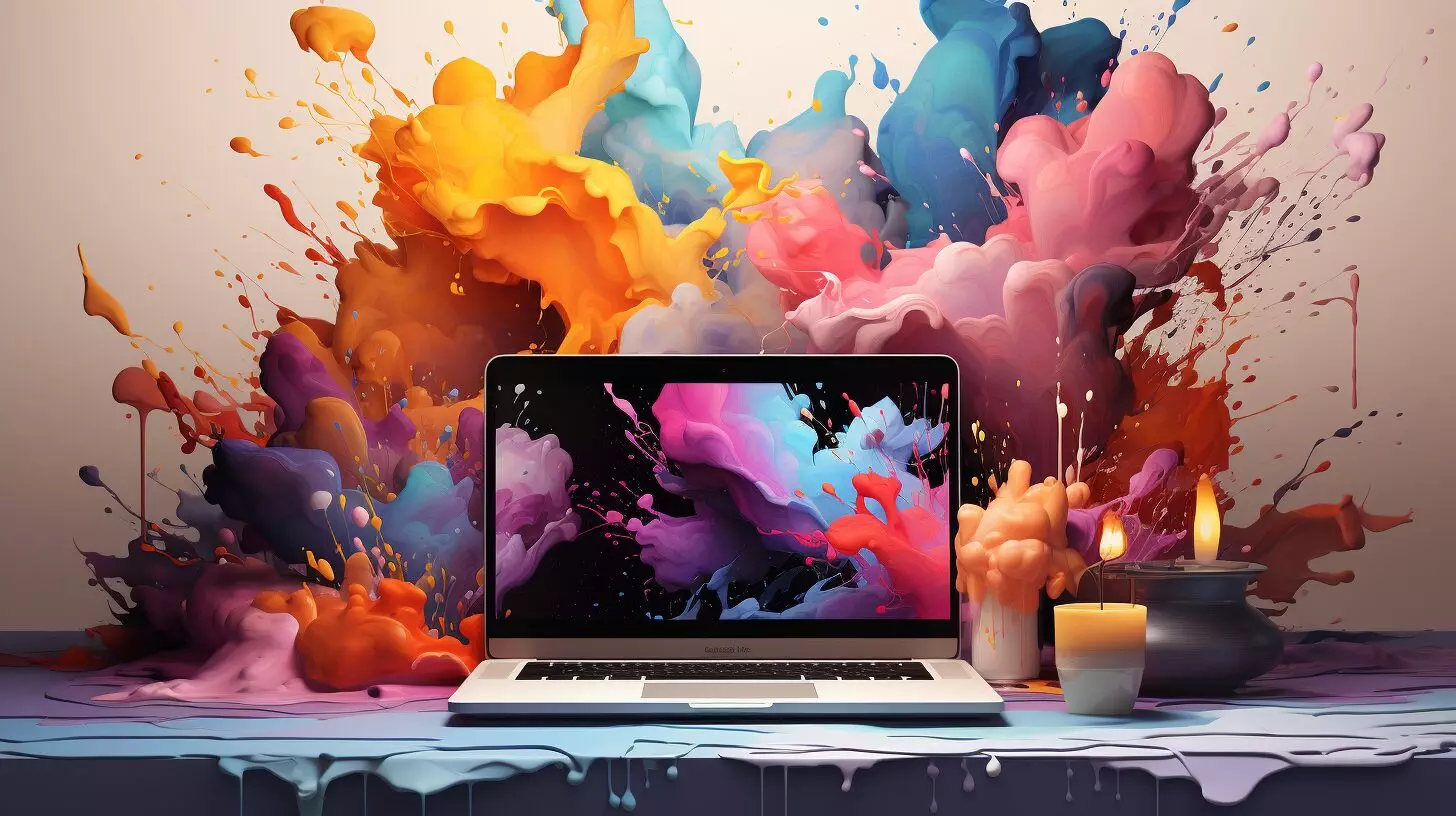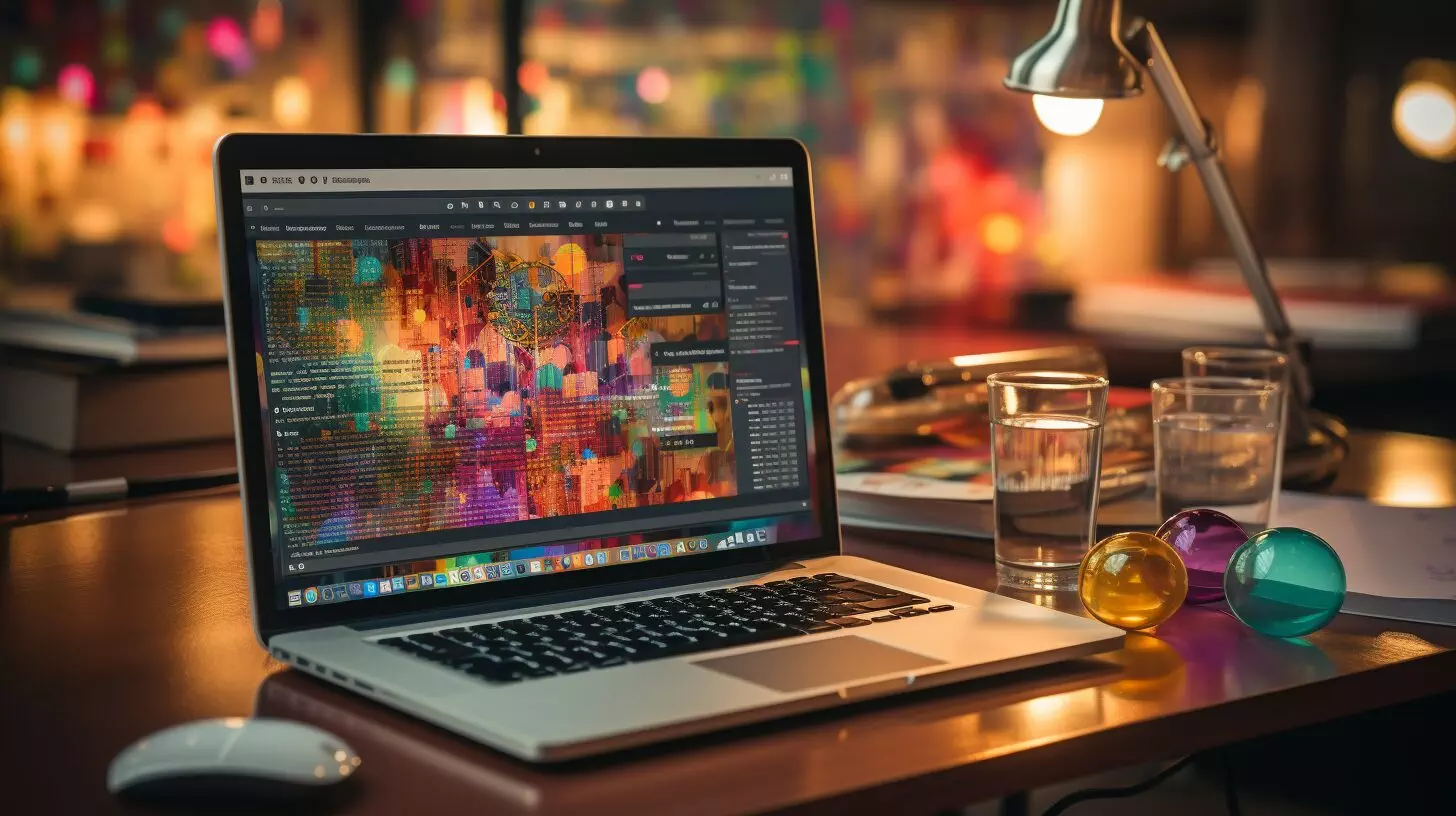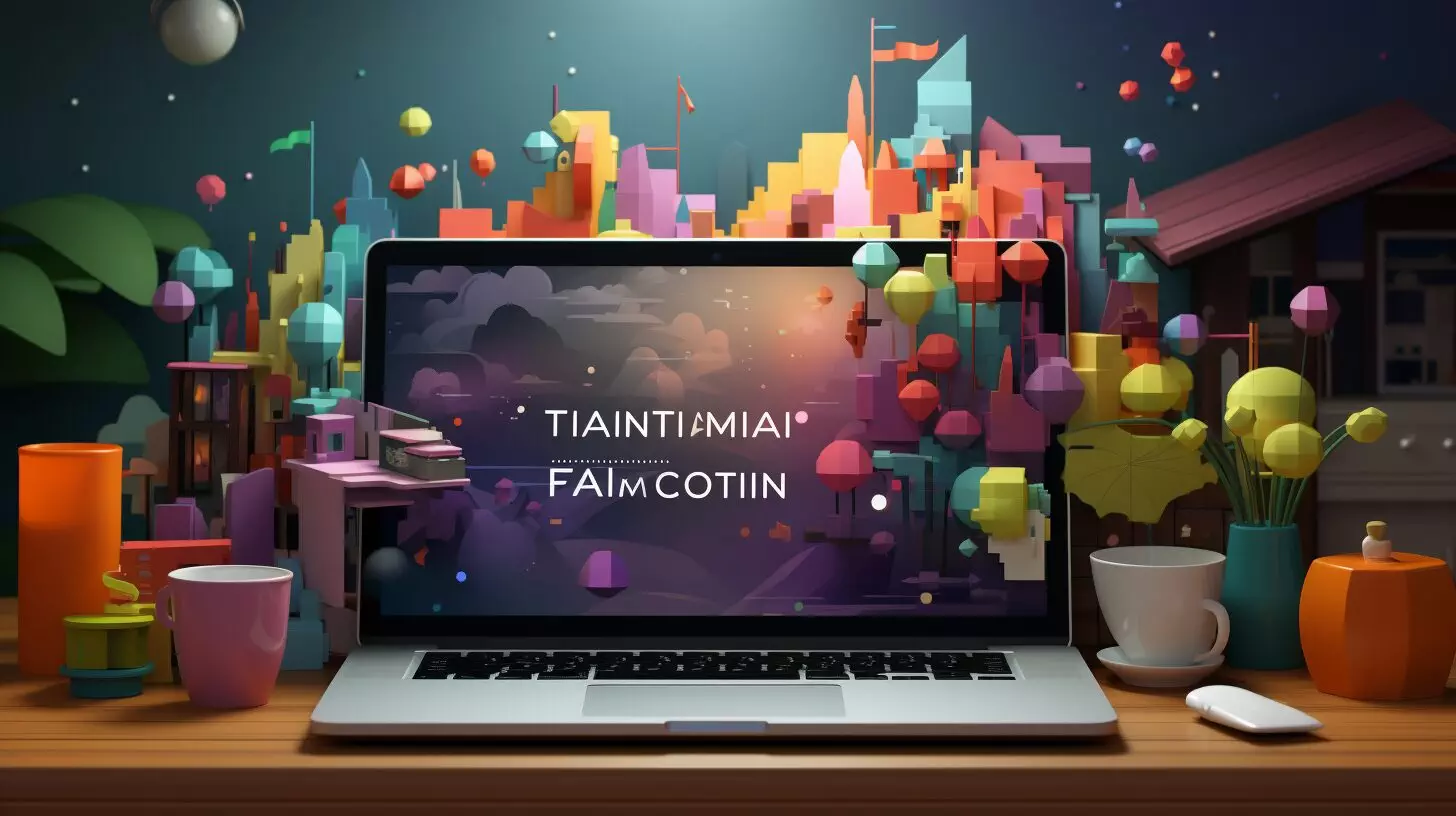Just as an artist puts their distinct signature on their creations, we also value the importance of providing a unique favicon for our digital content. This not only makes our website stand out but also serves as a navigational aid for users juggling multiple browser tabs.
We’ve honed our expertise to provide you with a clear, concise guide that simplifies the process of integrating a favicon into your HTML website. Whether you’re starting a blog, launching a business, or refreshing an existing online presence, the addition of a favicon is a defining touch.
Let’s embark on this journey together, where we’ll reveal the secrets of crafting and placing that perfect little icon, ensuring your site stands out with a polished and professional look.
Join us as we unveil the steps that will transform your site’s browser tab into a beacon of your unique brand.
Key Takeaways
- Favicons are important for branding and user recognition on an HTML website.
- They help users locate and return to our pages easily.
- A well-crafted favicon becomes part of our site’s identity.
- It ensures that every visitor instantly recognizes our brand.
Understanding the Importance and Usage of Favicons in HTML

While many web designers might overlook its significance, a favicon acts as a critical visual touchpoint for branding and user recognition on an HTML website. This tiny icon, placed beside the page title on a browser tab, holds more power than we sometimes acknowledge.
It’s our silent ally in the bustling digital landscape, offering a quick, visual reference that helps users locate and return to our pages with ease.
Let’s break free from underestimating its role. A well-crafted favicon becomes part of our site’s identity, akin to a flag we raise in the virtual territory. When we set up our HTML pages, we’re not just coding; we’re staking a claim.
By including a favicon.ico file in the head section of our HTML, we ensure that every visitor instantly recognizes our brand, even as they navigate through a sea of tabs.
We thrive on the freedom to express our brand’s essence, and the favicon is a subtle yet potent tool in that expression. It’s compatible across various browsers, ensuring that our brand’s visual cue remains consistent no matter where it’s viewed.
Step-by-Step Guide to Create a Favicon for Your Website

Let’s dive into crafting your unique favicon by selecting the right image and file format that best represents your brand:
- Choose an image that encapsulates your brand identity and values. This will become the icon displayed next to your site’s name in the browser tab.
- Use a favicon generator to optimize and format the image properly. These tools allow easy resizing and customization.
- Convert the finalized image to .ico format for maximum cross-browser compatibility. Favicon generators typically output this format already.
- Implement the finished .ico favicon file into your website code. Add the necessary <link> element in the <head> section pointing to your favicon location.
- Test and validate your favicon is displaying properly on various browsers and devices. Make tweaks so it looks crisp everywhere.
- Revisit and update your favicon in the future if your brand identity shifts. It’s a small but meaningful representation of you.
How to Code and Add a Favicon in HTML

Incorporating a favicon into your HTML website is straightforward: simply place the correct <link> tag within the <head> section of your HTML code.
The favicon in HTML represents the unique symbol or logo that’ll appear in a browser’s tab or bookmark list, making your site easily recognizable. Let’s break free from the monotony of default icons and add that personal touch to our online presence!
To add a favicon to your HTML document, you’ll need to use an HTML tag specifically meant for linking resources. The favicon link is a reference to the favicon file that should be accessible in your website’s root directory or a specified path. Here’s how we do it:
<link rel="icon" href="path/to/favicon.ico" type="image/x-icon">
Remember, your favicon can have different formats like .png, .gif, or .ico. However, .ico is widely supported and ensures compatibility across various browsers.
Special Considerations while Adding a Favicon to Your HTML page

Now that we’ve mastered adding a favicon to our HTML document, it’s crucial to consider compatibility and display issues across different devices and browsers.
We want our visitors to experience the same level of polish and personality, whether they’re on desktop or mobile, using Chrome or Safari. So, let’s dive into some special considerations to ensure our HTML favicon shines everywhere.
Here are a few key points we need to keep in mind:
- Favicon Size Matters: The standard favicon size is 16×16 pixels, but we should also include larger sizes. Providing a 32×32 or even a 48×48 pixel version can improve clarity on devices with higher-resolution displays.
- Cross-Browser Compatibility: Different browsers may handle favicons in unique ways. Testing our favicon on multiple browsers ensures it looks great for everyone. Sometimes, adding specific code snippets for different browsers helps iron out any inconsistencies.
- Location, Location, Location: Always place your favicon in the root directory of your site. This is a tried-and-true method for maximum compatibility. If we need to store it elsewhere, we must update our HTML code accordingly to point to the correct location.
Can I Use the Same Favicon for My WordPress Site as I Do for My HTML Website?
Yes, you can insert shortcodes in WordPress to use the same favicon for both your HTML website and WordPress site. Simply copy the favicon code from your HTML site and paste it into the header.php file in your WordPress theme. This will ensure consistency across both platforms.
Optimizing and Updating Your HTML Favicon for Continuous Enhancement

To ensure your website remains visually appealing and professional, it’s essential to regularly optimize and update your favicon. Your favicon image is more than a tiny graphic; it’s the symbol of your brand’s identity in a sea of browser tabs.
When it comes to continuous enhancement, it’s not just about the occasional change in design; it’s also about ensuring compatibility and performance. Periodically compress the favicon.ico file without losing quality, so it loads faster and doesn’t bog down our users’ experience.
Keep the HTML code tidy and efficient as well, ensuring the link to our favicon is always correctly placed within the <head> tag.
Moreover, we should be proactive in updating our favicon to reflect any rebranding or updates to our website’s theme. To update favicon graphics, simply replace the old favicon.ico file with the new one on the server, and remember to clear the browser cache to see the changes immediately. Sometimes, it’s the smallest updates that make the biggest impact on how users perceive our site.
When crafted thoughtfully, our favicon is an asset that profoundly impacts the user experience by promoting familiarity and continuity each time someone revisits our site.
Conclusion
We’ve walked you through adding a favicon, a small yet mighty touch that bolsters your brand’s digital presence. By following our guide, you’ve learned to craft, code, and optimize this visual gem. Remember, it’s these nuances that refine your site’s identity and user experience. Keep tweaking and updating your favicon to stay fresh and relevant.
Now, go ahead and show off your site’s new flair with pride—we’re excited to see your brand shine in those browser tabs!
Frequently Asked Questions
What is a favicon and why is it important for my website?
A favicon is a small icon that appears next to the page’s title in the browser tab and is used to represent your website. It is important as it helps in branding and makes it easier for users to identify and remember your website.
How do I make my favicon compatible with different web browsers?
To ensure compatibility, you should include one or more versions of the favicon in different formats (e.g., .ico, .png) and sizes, and use the tag to specify them in your HTML code.
What is the best way to add a favicon to my HTML website?
The best way to add a favicon to your HTML website is by creating a folder for your favicon file, adding the necessary HTML code in the section of your HTML file, and ensuring compatibility with various browsers. To create a folder for your favicon file, simply create a new folder within your website’s directory and name it “favicon”. Then, save your favicon file in this folder. Next, add the HTML code within the section of your HTML file, using the tag to reference the location of your favicon file. Finally, to ensure compatibility with various browsers, it’s a good idea to use a free online SASS test to check your website’s favicon across different platforms and devices.
How do I set my favicon as the home screen icon for mobile devices?
You can set your favicon as the home screen icon for mobile devices by including a specific code in your HTML, known as the “apple-touch-icon,” which specifies the favicon for iOS devices.
Can I use put favicon in HTML and for my website using any image?
While you can use any image file as a favicon. To put favicon in HTML using an image, it is recommended to use a small and simple image that represents your website effectively and is recognizable in a small size, such as 16×16 pixels.
